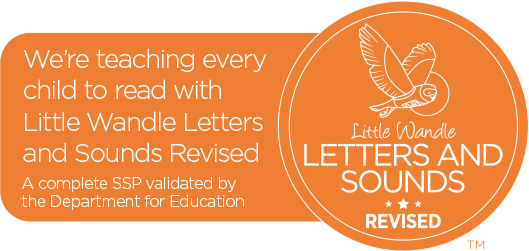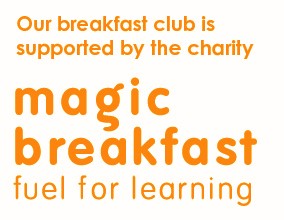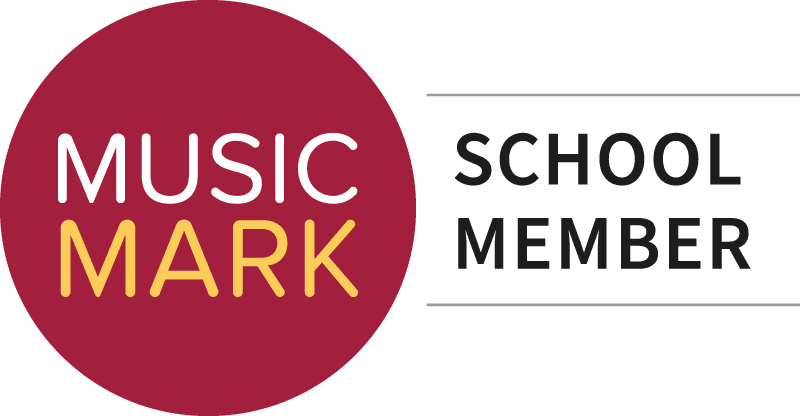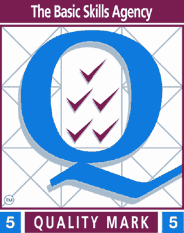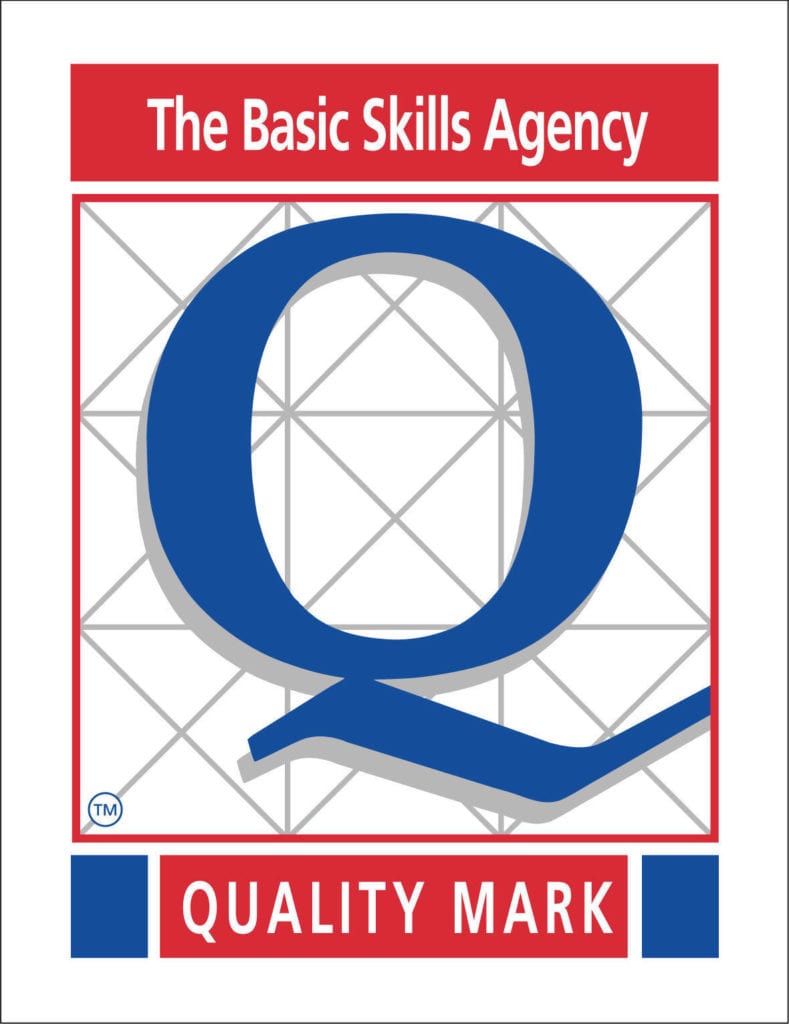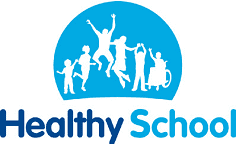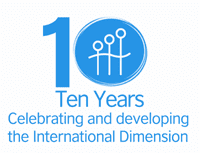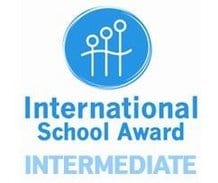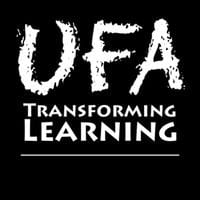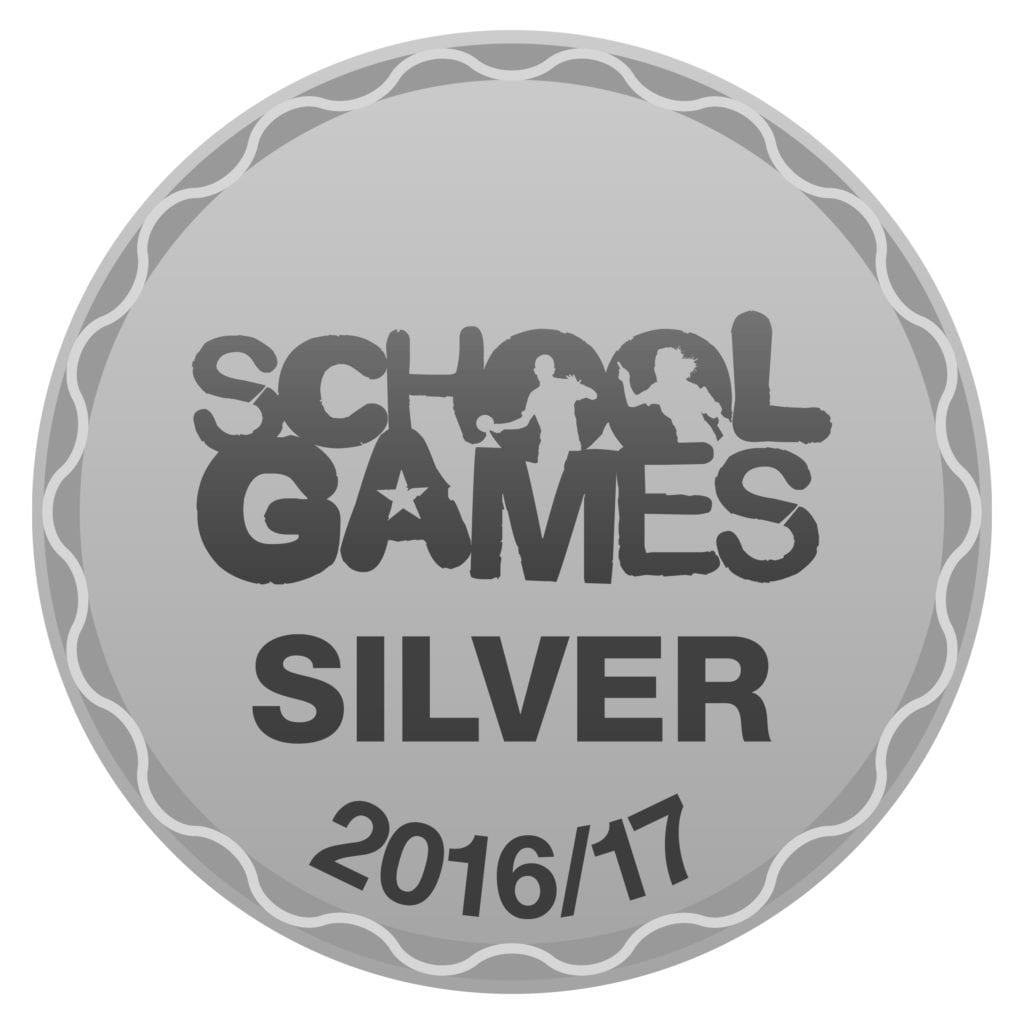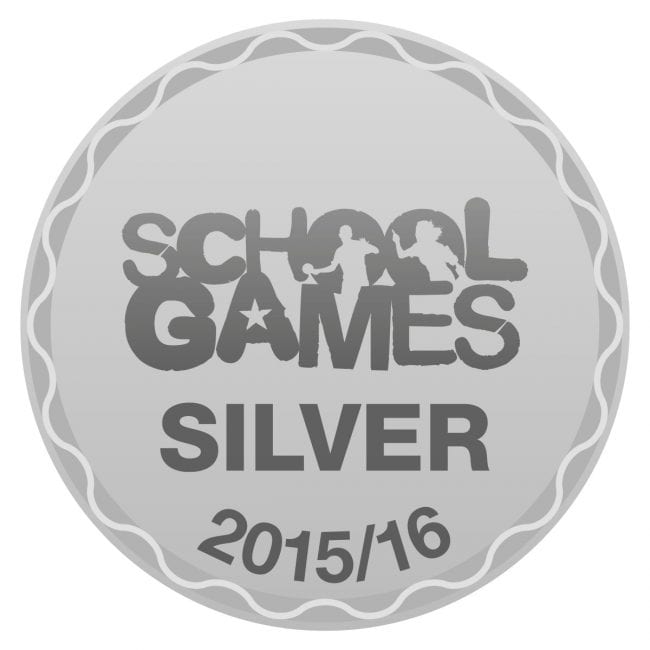Primary School 2021-2022
Draft Pupil Premium Spend 2021-2022
The school received £160,200
Primary School 2020-2021
The school received £130, 185
Primary School 2019-2020
The school received £101,880
Primary School 2018-2019
The school received £135,320
This was used to maintain staffing levels to support, deliver and resource a wide range of interventions to support both pupils’ curricular development and Personal Social and Emotional needs. The funding also contributed towards developing parental engagement, subsidising school trips as well as staff development and training. For a more comprehensive breakdown please click on the 2018-2019 Pupil Premium spend link
Pupil Premium Spend 2018 – 2019
Pupil Premium Impact Report June 2019
Primary School 2017-2018
The school received £125,400
This was used to maintain staffing levels to support, deliver and resource a wide range of interventions to support both pupils’ curricular development and Personal Social and Emotional needs. The funding also contributed towards developing parental engagement, subsidising school trips as well as staff development and training. For a more comprehensive breakdown please click on the 2017-2018 Pupil Premium spend link.
View our Pupil Premium Policy
Pupil Premium Spend 2017 – 2018 Impact Report
Pupil Premium Spend 2017- 2018
Pupil Premium Strategy 2017 – 2018
Primary School 2016-2017
The school received £126,720
This was used to maintain staffing levels to support, deliver and resource a wide range of interventions to support both pupils’ curricular development and Personal Social and Emotional needs. The funding also contributed towards developing parental engagement, subsidising school trips as well as staff development and training. For a more comprehensive breakdown please click on the 2016-2017 Pupil Premium spend link.
Impact
Pupil Premium Spend and Impact 2016 – 2017
Pupil Premium Spend 2016 – 2017
Pupil Premium Strategy 2016 – 2017
Primary School 2015-2016
The school received £126,000
This was used to support and maintain staffing levels to support a range of interventions including: reading recovery and basic skills sessions, art therapy, Lego Therapy, Self Esteem courses, supply pupils with individual resources, revision and support home school learning, access training, curriculum support materials, subsidise trips and visitors, basic skills materials, access to external family support – engaging parents in pupil learning and the provision of a Parent Support Advisor to support improved attendance.
Impact
Pupil Premium Spend 2015 – 2016
Pupil Premium Strategy 2015 – 2016
Junior School
Junior School 2014-2015
The school received £79,000
This was used to support and maintain staffing levels to support a range of interventions including reading recovery and basic skills sessions, art therapy, Lego Therapy, Self Esteem courses, supply pupils with individual resources, revision and support home school learning, access training, curriculum support materials, subsidise trips and visitors, basic skills materials, access to external family support – engaging parents in pupil learning and the provision of a Parent Support Advisor.
Junior School 2013-2014
The school received £49,000
This was used to support and maintain staffing levels to support a range of interventions including reading recovery and basic skills sessions, supply pupils with individual resources, revision and support home school learning, access training, curriculum support materials, subsidise trips and visitors, basic skills materials, and access to external family support – engaging parents in pupil learning.
Junior School 2012-2013
The school received £33,600
The allocation will continue to support staffing costs to ensure the quality and frequency of a range of intervention programmes (as 2011-12). In addition to ongoing interventions and support, as last year, the school continues to develop resources for reading recovery, ICT support and development of secondary school transition.
Junior School 2011-2012
The school received £16,592
This was used to support and maintain staffing levels to support a range of interventions, supply pupils with individual resources, access training, curriculum support materials, subsidise trips and visitors, basic skills materials, homework books and access to external family support.
Nursery and Infant School
Nursery and Infant School 2014 -2015
The school received £42,505
This was used to support intervention groups to develop speech and language, and literacy and mathematical skills. Pupil progress was tracked on a regular basis.
Nursery and Infant School 2013 – 2014
The school received £22,275
We used the Pupil Premium funding to pay for a dedicated teaching assistant whose timetable is fixed in allocation, but flexible in content and method of support and delivery over the course of each week. Progress achieved by all the individuals supported is evaluated weekly and provision adapted to enable fresh targets to be set regularly and to address needs immediately on identification.
Nursery and Infant School 2012 – 2013
The school received £19,313.00
This was used to pay for a dedicated teaching assistant to focus on the specific needs of our Pupil Premium pupils. Part of the teaching assistant’s role is to run the Lexia programme from Reception to Year 2. This personalised teaching of reading enhances provision for our most vulnerable pupils, allowing them to learn independently, at their own pace and motivate those who may be reluctant to learn.
Progress from Key Stage 1 – Key Stage 2 – All Pupils
| 2011 | 2012 | 2013 | |
|---|---|---|---|
| % Pupils achieving 2+ levels in English | 67% | 91% | 100% |
| % Pupils achieving 2+ levels in Maths | 86% | 97% | 100% |
For further information please go to: Education Gov.UK
Impact
The use of pupil premium has impacted positively upon standards at the end of key stage 2 and ensured high quality teaching and learning across school. The proportion of pupils eligible for pupil premium making at least expected progress is significantly above the national average for similar and all groups of pupils.
Key Stage 2 Test Results
| Previous Performance of disadvantaged Pupils (PROGRESS) | 2010-11 | 2011-12 | 2012-13 | 2013-14 | 2014-15 |
|---|---|---|---|---|---|
| % of pupils making expected progress In English Reading | 2L = 80% 3L = 20% | 2L = 94.1% 3L = 41% | 2L = 100% 3L = 50% | 2L = 82% 3L = 41% | 2L = 100% 3L = 42% |
| % of pupils making expected progress In English Writing (TA) | 2L = 20% 3L = 0% | 2L = 88.2% 3L = 12% | 2L = 100% 3L = 50% | 2L = 82% 3L = 18% | 2L = 100% 3L = 42% |
| % of pupils making expected progress In Maths | 2L = 80% 3L = 20% | 2L = 100% 3L = 59% | 2L = 100% 3L = 50% | 2L = 88% 3L = 18% | 2L = 83% 3L = 33% |
| Previous Performance of disadvantaged Pupils (ATTAINMENT) | 2010-11 | 2011-12 | 2012-13 | 2013-14 | 2014-15 |
|---|---|---|---|---|---|
| % of pupils making level 4 In English Reading | 80% | 88.9% | 100% | 83% | 100% |
| % of pupils making level 4 In English Writing (TA) | 20% | 61.1% | 80% | 56% | 75% |
| % of pupils making level 4 In English GaPS | 80% | 61% | 92% | ||
| % of pupils making level 4 In Maths | 100% | 94.4% | 100% | 72% | 92% |
| Previous Performance of disadvantaged Pupils (ATTAINMENT) | 2010-11 | 2011-12 | 2012-13 | 2013-14 | 2014-15 |
|---|---|---|---|---|---|
| % of pupils making level 5 In English Reading | 20% | 38.9% | 60% | 28% | 58% |
| % of pupils making level 5 In English Writing (TA) | 0% | 0% | 30% | 11% | 33% |
| % of pupils making level 5 In English GaPS | 50% | 28% | 50% | ||
| % of pupils making level 5 In Maths | 0% | 50% | 50% | 28% | 33% |

